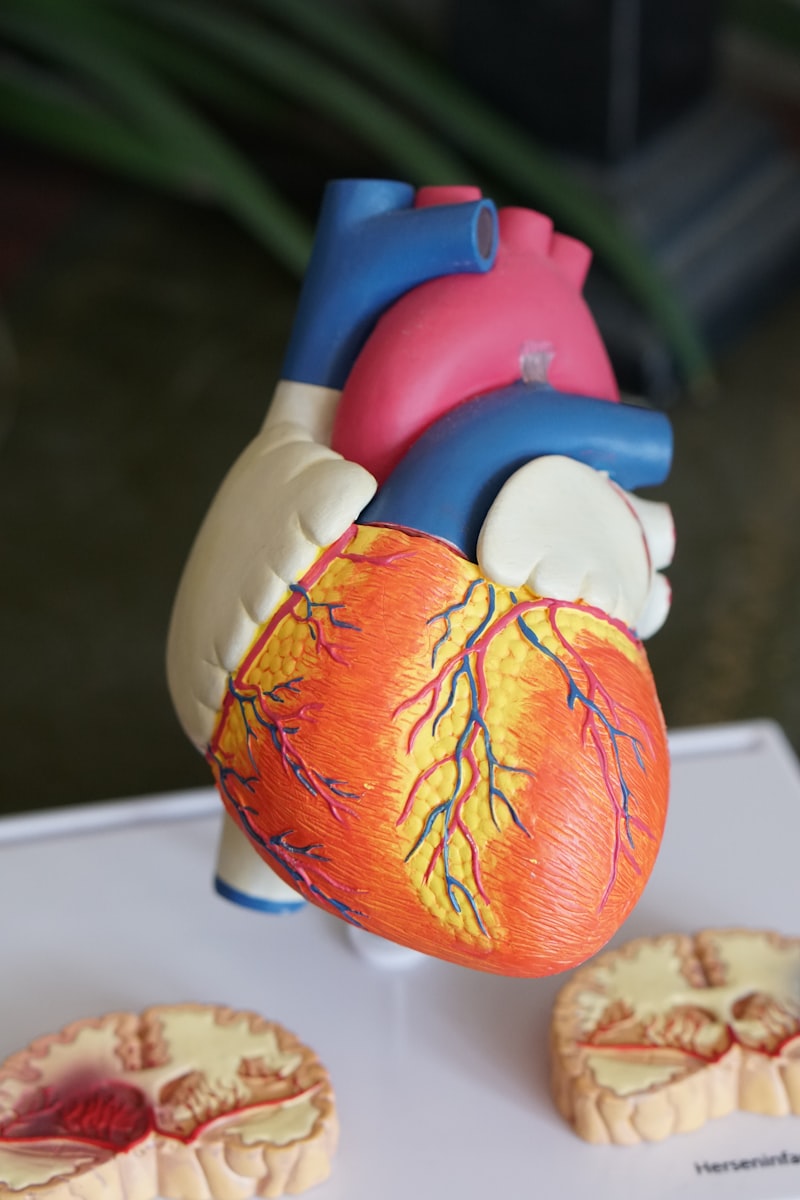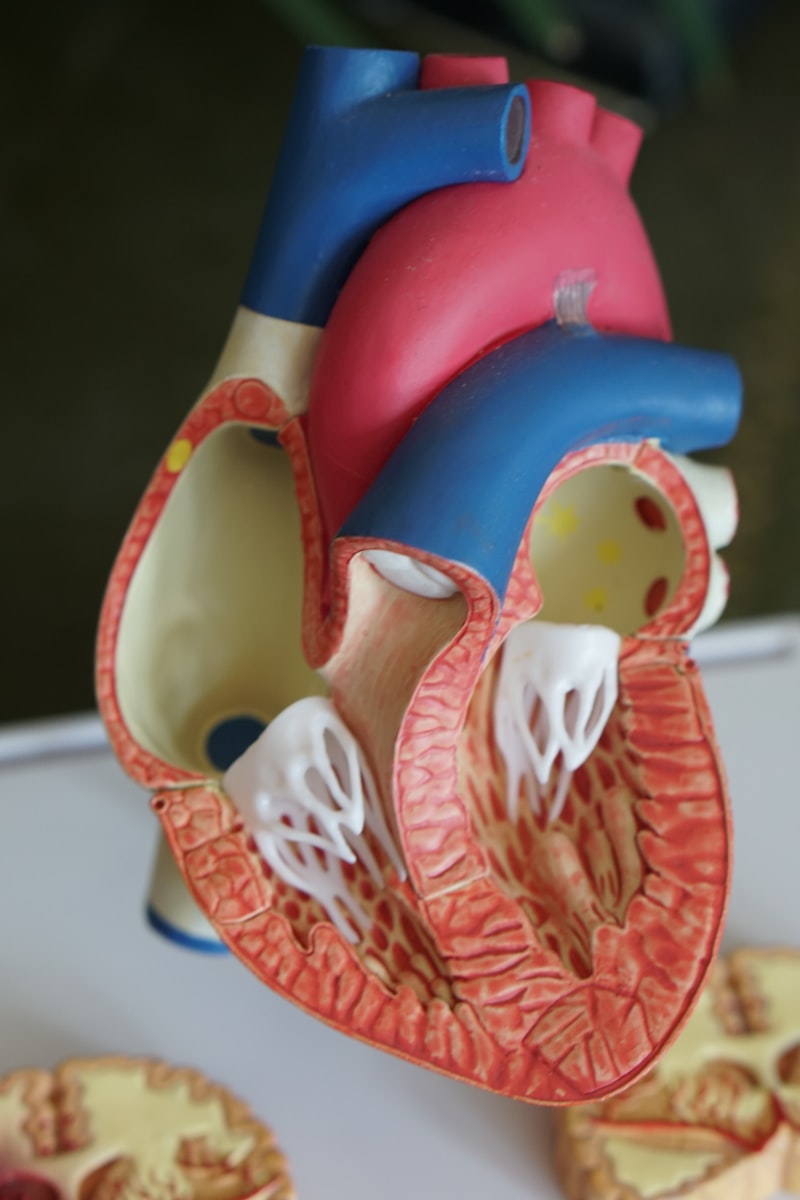These nanoscale materials, typically less than 100 nanometers in size, exhibit unique properties due to their small size. For instance, they can penetrate tissues efficiently and interact with biomolecules in ways larger particles cannot. This opens up a world of possibilities for targeted drug delivery, where medications can be sent precisely where they are needed without affecting healthy tissues.
One of the most exciting applications of nanotechnology in medicine is in cancer treatment. Imagine if chemotherapy drugs could be delivered directly to cancer cells while sparing healthy ones. Nanoparticles can be engineered to do just that, by targeting specific receptors or markers on cancer cells, thus reducing side effects and improving treatment outcomes.
Moreover, nanotechnology holds promise in diagnostics. Nanosensors capable of detecting biomarkers or pathogens with high sensitivity could revolutionize early disease detection. This could mean faster diagnosis times and more effective treatment strategies, potentially saving countless lives.
Beyond treatment and diagnosis, nanotechnology also plays a role in regenerative medicine. Nanomaterials can mimic the extracellular matrix, providing scaffolds for tissue engineering and promoting tissue regeneration. This could lead to advances in repairing damaged organs or tissues, offering hope to patients with chronic conditions or severe injuries.
Nano Revolutions: Unveiling the Future of Medicine Through Tiny Technological Marvels
Nanotechnology, the science of manipulating matter on an atomic and molecular scale, is poised to transform healthcare as we know it. By harnessing the power of nanoparticles, scientists can develop innovative solutions that were once confined to the realm of science fiction. These tiny technological marvels can deliver drugs directly to cancerous cells while leaving healthy tissue unharmed, revolutionizing the way we treat diseases like cancer.
But the potential of nanotechnology extends far beyond targeted drug delivery. Researchers are exploring nanoscale materials for applications ranging from diagnostic imaging to tissue regeneration. Imagine a nanoparticle-based contrast agent that can highlight tumors in exquisite detail on a medical scan, allowing doctors to make more accurate diagnoses and treatment plans. Or consider nanomaterials that can stimulate the growth of new tissue, offering hope to patients with spinal cord injuries or degenerative diseases.
One of the most exciting prospects of nano revolutions in medicine is the development of smart nanoparticles that can perform multiple functions simultaneously. These multifunctional nanoparticles could carry drugs to a specific site in the body, release them in response to certain stimuli (like pH or temperature changes), and then provide real-time feedback on their effectiveness. It’s like having a team of tiny, intelligent assistants inside the body, constantly monitoring and adapting to ensure optimal treatment outcomes.
As these nano revolutions unfold, they are not without challenges and ethical considerations. Scientists must address concerns about the safety of nanoparticles in the human body and navigate regulatory hurdles to bring these technologies to market. However, the potential benefits are undeniable: more effective treatments, fewer side effects, and ultimately, improved patient outcomes.
Healing at the Nanoscale: Breakthroughs in Medical Treatment with Nanotechnology
Nanotechnology enables medical treatments to be more targeted than ever before. Picture this: rather than flooding the entire body with medications that may have side effects, nanomedicine allows for drugs to be delivered specifically to the affected cells or tissues. It’s like having a guided missile that seeks out and destroys only the harmful cells, leaving the healthy ones untouched—an unparalleled level of precision in medical history.
One of the most groundbreaking applications of nanotechnology in medicine is in cancer treatment. Traditional chemotherapy, while effective, can also harm healthy cells. However, using nanoscale particles, scientists can now deliver chemotherapy drugs directly to cancer cells. This not only enhances the effectiveness of the treatment but also reduces side effects significantly. It’s akin to having a sniper that selectively eliminates threats while sparing bystanders—a remarkable improvement in patient care and quality of life.
Beyond cancer treatment, nanotechnology is also opening doors in diagnosing diseases at their earliest stages. Imagine a diagnostic tool so sensitive that it can detect the presence of disease markers at incredibly low concentrations, even before symptoms appear. Nanosensors designed for such purposes can provide real-time monitoring of biomarkers in the bloodstream or tissues, offering a proactive approach to healthcare that could potentially save countless lives.
In the realm of regenerative medicine, nanotechnology plays a pivotal role in tissue engineering and repair. Researchers are developing nanomaterials that can mimic the properties of natural tissues, promoting healing and regeneration. These materials could revolutionize treatments for injuries, burns, and even degenerative diseases by stimulating the body’s own repair mechanisms at a cellular level.
Nanomedicine: Redefining Healthcare with Precision and Efficiency
Imagine a future where tiny particles no bigger than a virus could revolutionize how we treat diseases. Welcome to the world of nanomedicine, where science fiction meets reality to redefine healthcare as we know it. This cutting-edge field harnesses the power of nanoparticles, offering unprecedented precision and efficiency in medical treatments.
At its core, nanomedicine utilizes nanoparticles engineered to deliver drugs directly to target cells with pinpoint accuracy. These minuscule carriers can evade the body’s natural defense mechanisms, ensuring medications reach their intended destinations intact and effective. This targeted approach not only enhances treatment efficacy but also minimizes side effects, offering hope for patients with complex conditions.
Take cancer therapy, for example. Conventional treatments like chemotherapy can be effective but often come with severe side effects due to their broad impact on healthy cells. Nanoparticles loaded with chemotherapy drugs can specifically target cancer cells, sparing healthy tissue and mitigating the debilitating effects of treatment. This precision reduces recovery times and enhances patient comfort, marking a significant leap forward in oncological care.
Beyond targeted drug delivery, nanomedicine pioneers diagnostic techniques that were once unimaginable. Nanosensors capable of detecting biomarkers at ultra-low concentrations enable early disease detection with unprecedented accuracy. This early intervention translates to more effective treatments and improved patient outcomes, underscoring nanomedicine’s potential to shift the paradigm of preventive healthcare.

Moreover, the versatility of nanoparticles extends beyond cancer treatment. They hold promise in treating neurological disorders, regenerative medicine, and even vaccine development. By leveraging nanotechnology, scientists are unlocking new possibilities in every corner of medical research, pushing the boundaries of what’s possible in healthcare.
In essence, nanomedicine isn’t just a technological advancement; it’s a beacon of hope for millions worldwide. As researchers continue to innovate and refine these microscopic marvels, the future of healthcare looks brighter than ever. With nanomedicine leading the charge, we’re not just treating diseases—we’re redefining what it means to heal.
From Lab to Clinic: How Nanotech Innovations are Reshaping Medical Frontiers
These advancements aren’t just making waves; they’re causing seismic shifts in how we approach healthcare. Imagine a scenario where cancer cells can be targeted directly without harming healthy tissue, thanks to nanoparticles programmed to seek out and destroy them. This level of precision not only enhances treatment effectiveness but also minimizes side effects, offering patients a renewed sense of hope and healing.
Nanotechnology’s impact extends beyond treatment alone. It’s revolutionizing diagnostics too, with ultra-sensitive nanosensors capable of detecting diseases at their earliest stages. Imagine a simple blood test that can identify multiple types of cancer long before symptoms appear, potentially saving countless lives through early intervention.
But how do these innovations move from lab prototypes to actual clinical practice? The journey from discovery to application is intricate, involving rigorous testing, regulatory approvals, and collaboration across disciplines. Scientists work tirelessly to ensure that these tiny marvels meet stringent safety standards and prove their efficacy in real-world scenarios.
Furthermore, nanotech isn’t just about tackling diseases—it’s also enhancing the delivery of existing therapies. By encapsulating drugs within nanoparticles, researchers can overcome barriers that once limited treatment effectiveness. These tiny carriers act like guided missiles, navigating through biological obstacles to deliver their payload directly to diseased cells.
Beyond the Microscope: Nanoparticles as Game-changers in Modern Healthcare
Imagine a world where medicine can pinpoint and treat diseases at a cellular level, almost like a microscopic superhero battling the villains of illness inside our bodies. Nanoparticles make this vision a reality. These minuscule wonders, typically ranging from 1 to 100 nanometers in size, possess unique properties that traditional medicines lack. They can be engineered to deliver drugs directly to specific cells, bypassing healthy ones and minimizing side effects. It’s like having a precision-guided missile targeting only the enemy camp, leaving the surroundings unharmed.
But their usefulness doesn’t end there. Nanoparticles can also be tailored to enhance medical imaging techniques, providing clearer and more detailed pictures of organs and tissues. This means earlier and more accurate diagnoses, paving the way for timely interventions and improved patient outcomes. They are like the super lenses of the medical world, allowing doctors to see deeper into the mysteries of the human body.
Moreover, nanoparticles are showing promise in revolutionizing treatments for conditions like cancer, where traditional therapies often fall short. By encapsulating chemotherapy drugs within nanoparticles, doctors can deliver higher doses directly to tumor sites while sparing healthy tissues. This targeted approach not only boosts effectiveness but also reduces the severe side effects typically associated with chemotherapy. It’s akin to arming our medical arsenal with smart bullets that hit the bullseye every time.
In addition to treatment, nanoparticles are also being explored for their role in regenerative medicine. Researchers are harnessing their unique properties to stimulate tissue repair and regeneration, offering hope for conditions that currently have limited treatment options. It’s like jumpstarting the body’s own healing mechanisms with a technological turbocharger.
Targeting Disease at Its Core: Nanotechnology’s Role in Personalized Medicine

At its essence, nanotechnology involves manipulating incredibly small particles, measured in nanometers (one billionth of a meter), to interact with cells and molecules in the body. This scale allows for precise targeting, delivering medications directly to affected areas while minimizing side effects on healthy tissues. It’s like having a tiny, incredibly accurate medical superhero navigating through your body to fight off diseases.
Traditional medicine often takes a one-size-fits-all approach, but our bodies are unique, and so are the diseases they face. Personalized medicine, empowered by nanotechnology, recognizes this individuality. It enables healthcare providers to tailor treatments based on a person’s genetic makeup, lifestyle, and specific disease profile. This approach not only enhances treatment effectiveness but also improves patient outcomes and quality of life.
Take cancer, for example. Nanotechnology has enabled the development of targeted cancer therapies that attack cancer cells while sparing healthy tissue. Imagine a scenario where chemotherapy drugs, instead of causing widespread damage, are precisely delivered only to cancerous cells, leaving healthy cells untouched. This targeted approach not only reduces side effects like nausea and hair loss but also boosts the effectiveness of treatment.
Moreover, nanotechnology isn’t limited to just treating diseases. It’s also revolutionizing diagnostics. Nanoscale sensors can detect biomarkers of diseases like Alzheimer’s or heart disease at incredibly early stages, allowing for prompt intervention and management.
As this field continues to evolve, the possibilities are endless. Researchers are exploring nanotechnology’s potential to deliver vaccines more effectively, regenerate damaged tissues, and even reverse aging processes at a cellular level. It’s a testament to human ingenuity and our relentless pursuit of improving healthcare outcomes for everyone.
Nanotechnology isn’t just a buzzword; it’s a game-changer in the realm of personalized medicine. By targeting disease at its core, nanotechnology offers hope for more effective treatments with fewer side effects, paving the way towards a healthier future for all.
Nanostructures in Medicine: Paving the Way for Safer and More Effective Treatments
These nanostructures, often engineered from materials like polymers or lipids, are designed to be incredibly small – sometimes even smaller than a virus. This miniature scale allows them to navigate through the complex environments of the human body, reaching places that conventional medications cannot. It’s like having a superhero that can penetrate barriers and fight off villains at the cellular level.
One of the most exciting applications of nanostructures is in drug delivery. Traditional drugs often have side effects because they affect healthy cells along with diseased ones. Nanostructures solve this problem by acting as tiny drug carriers, ferrying medication directly to the target cells. This targeted approach minimizes side effects and enhances treatment efficacy, making therapies safer and more tolerable for patients.
Moreover, nanostructures can be engineered to respond to specific conditions in the body. Imagine a nanoparticle that releases its payload only when it detects a particular biomarker indicative of disease. This level of precision not only improves treatment outcomes but also reduces the amount of medication needed, lowering costs and potential risks associated with over-medication.
Beyond drug delivery, nanostructures are also being developed for diagnostic purposes. Nanosensors capable of detecting minute concentrations of biomolecules could revolutionize early disease detection, allowing for timely interventions that significantly improve patient prognosis.
Nanostructures represent a cutting-edge frontier in medicine, offering unprecedented opportunities for safer, more effective treatments. As researchers continue to innovate and refine these technologies, the future of healthcare looks brighter than ever, with nanostructures leading the way towards personalized and precise medical solutions.
Frequently Asked Questions
What are the benefits of using nanotechnology in medical treatments?
Discover the advantages of employing nanotechnology in medical treatments. Explore how nanoscale materials enhance drug delivery precision, enable targeted therapy, and improve diagnostic techniques with increased sensitivity. Learn about the potential for minimizing side effects and enhancing patient outcomes through innovative nano-based medical solutions.
What are some current applications of nanotechnology in healthcare?
Explore current applications of nanotechnology in healthcare, including targeted drug delivery systems for cancer treatment, nano-scale imaging techniques for early disease detection, and nano-engineered materials for biomedical devices like implants and prosthetics.
What are the challenges and future prospects of nanomedicine?
Explore the challenges and future prospects of nanomedicine, focusing on its potential to revolutionize treatments through targeted therapies while addressing concerns such as safety, regulatory hurdles, and scalability.
What is nanotechnology and how is it applied in medicine?
Nanotechnology in medicine involves manipulating materials at the atomic or molecular scale to create precise medical treatments and devices. It enables targeted drug delivery, enhanced imaging techniques, and innovative therapies that can directly target disease at a cellular level, offering promising solutions for more effective treatments and diagnostics.
How does nanotechnology improve drug delivery and efficacy?
Discover how nanotechnology enhances drug delivery by enabling targeted treatment at a cellular level, improving efficacy while minimizing side effects.


